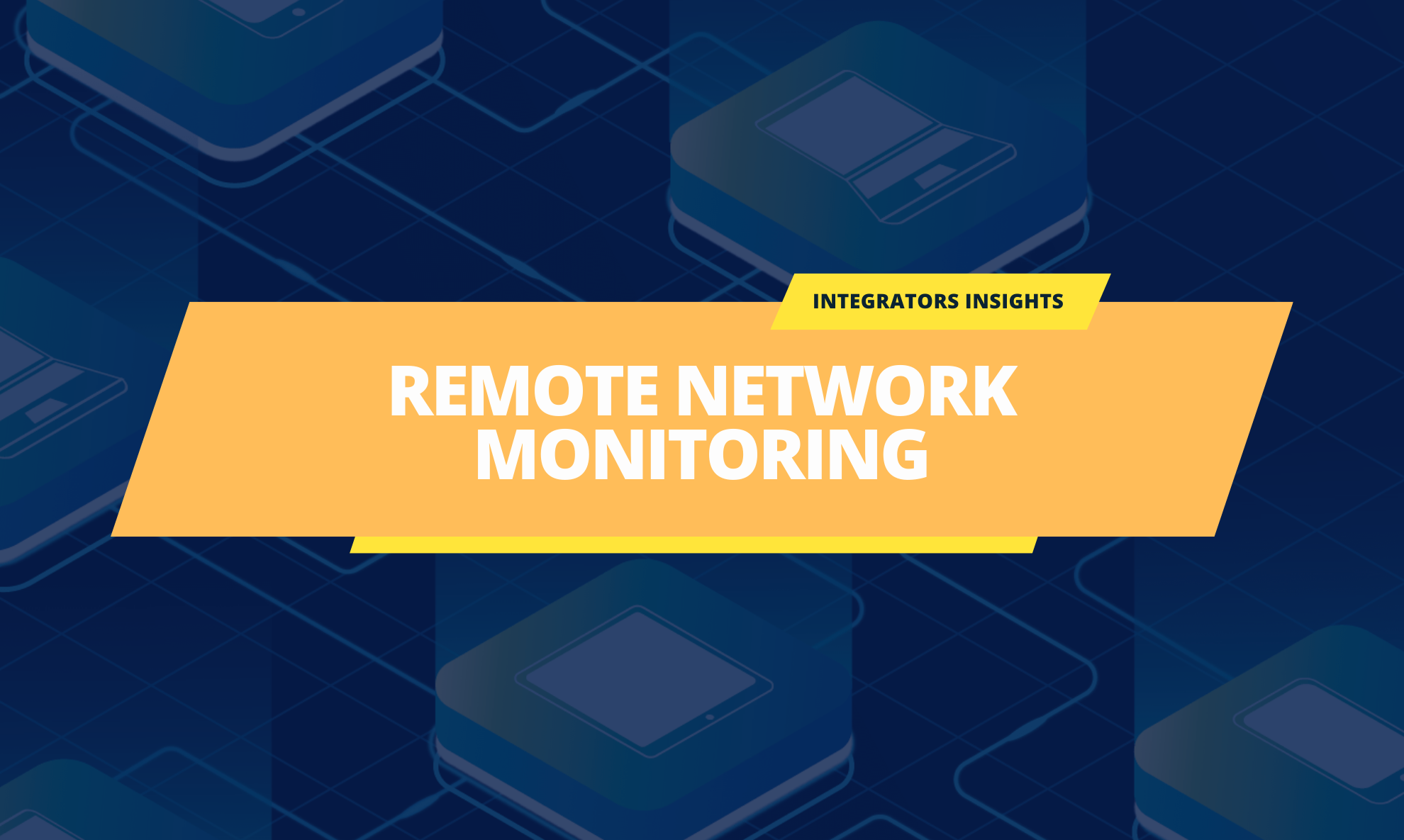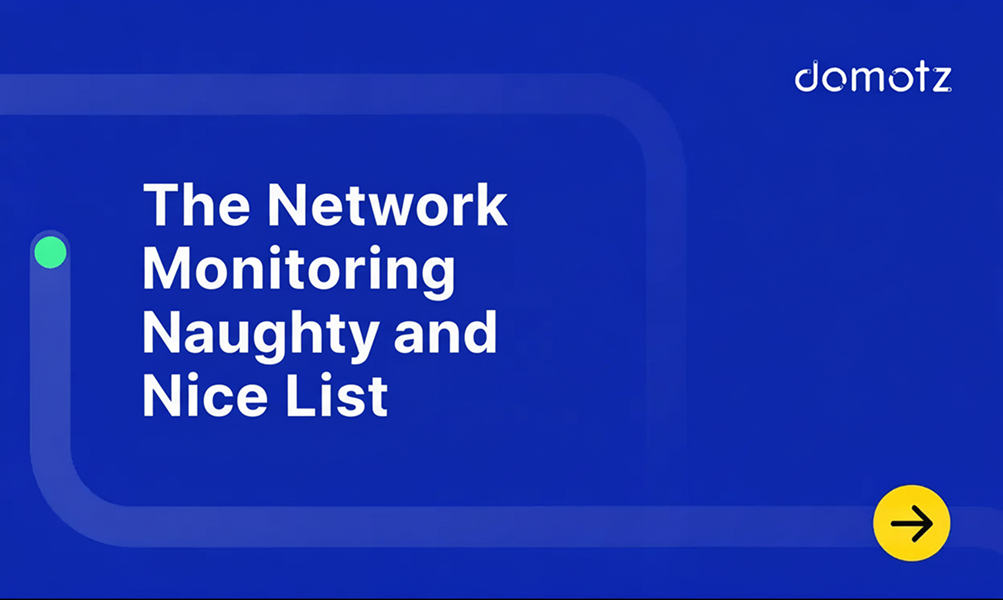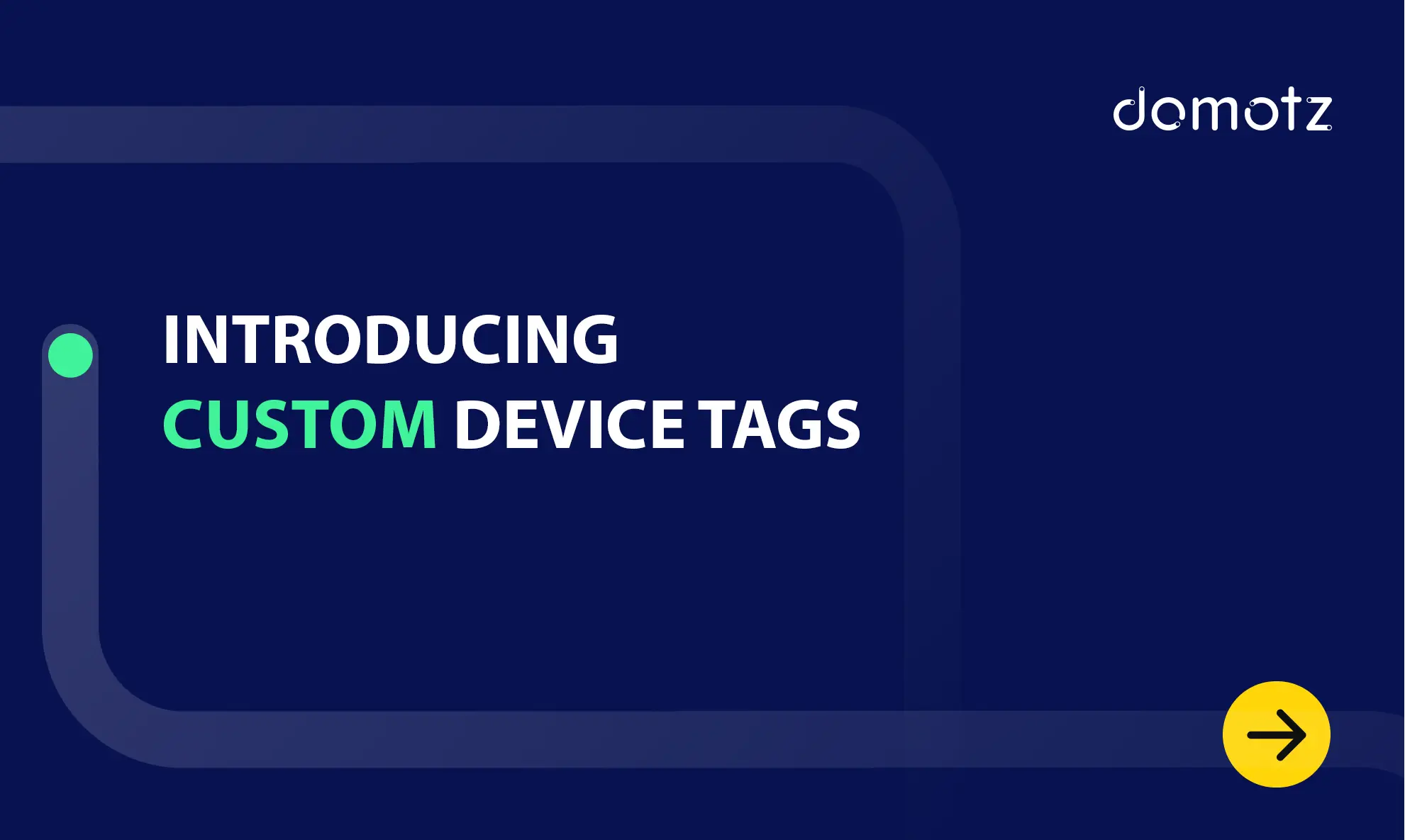For years now, home security monitoring has been a great asset for ADT, Guardian Protection Services, Protection 1 and other players who install and sell monthly monitoring service plans, otherwise known as RMR – recurring monthly revenue. The ‘hubs’ where the monitoring is actually done are referred to as Central Stations. (You’ve no doubt seen them on TV commercials, appearing as if they are inside NORAD’s mountain bunker with tons of monitors and display screens.)
In this series, we’re going to talk about the CI channel’s “security monitoring” opportunity – Remote Monitoring and Management, or RMM. We’ll start with an overview and then drill down into the inherent value proposition of RMM as a service tool and the finer mechanisms of the various service platforms available as it pertains to analytics and security.
As I mentioned up front, for years the security channel has been generating profits selling monitoring services. It’s a rather compelling service, since a security system is pretty useless if nobody knows when the system detects a fire or intrusion. While it’s a slightly different discussion for the CI channel, the opportunity is no less compelling.
On the most fundamental level, RMM is positioned to alert the integrator in the event of a system failure at any given client’s home or commercial site. With the proper training, many event anomalies can be remotely addressed and ‘fixed’ before the client is negatively impacted.
A basic example near and dear to my heart is the homeowner’s wine cellar. How much is it worth for them to be notified should the temperature or humidity levels fall outside of acceptable ranges? How much is it worth to be notified if their landscape watering system goes on the fritz? Better yet, what if such issues could actually be resolved remotely?
Obviously, you can leverage remote monitoring and management to build a service offering around maintenance and care to generate RMR. Some dealers have, but it takes the right kind of customers and the right situations to make that a reality. In short, it’s an option, but not the only one.
Take a step back and come at RMM from a purely logical frame of mind – do you worry about how to bill your clients for a drill, a wire termination, a ladder or any of the other tools your installers employ to deliver goods and services to your customers? Of course not. You build these costs into your pricing model. Remote monitoring and management should be built into every project just like any other tool.
Now, think about this—what if you could save yourself just one unnecessary truck-roll per customer per year? How much money could you save? How much time could you then dedicate to other more profitable activities? Think of remote monitoring and management like an equipment rack. Just like you need a rack on every job to support the equipment, you should have remote monitoring and management on every job to support your customer and your business.
RMM may work well for you as a platform on which to base service contracts providing recurring monthly revenue. On the other hand, RMM may work well for you as a tool to reduce deployment time and customer service costs, or to keep your clients informed on the operational status of their most important subsystems. Or, maybe it’s a combination of both. Either way, you’re improving how you do business as well as the customer experience you deliver.
Out how our IoT device platform could work for your business get in touch with our team today.
In this ongoing series we’ll take a closer look at where RMM is heading, as new technologies and new opportunities arise. We’ll also discuss variables in competing RMM software platforms.
The fact of the matter is that with the proliferation of IoT devices, homeowners are becoming more aware of just how much their lives are impacted by their home’s network and the many devices that utilize it. Couple that with their increasing knowledge of RMM systems offered by cable and ISP providers (as well as DIY methodologies), and RMM starts to become a more ubiquitous, everyday technology that isn’t so daunting to explain nor to capitalize on—either as a business tool or as a recurring revenue opportunity.



